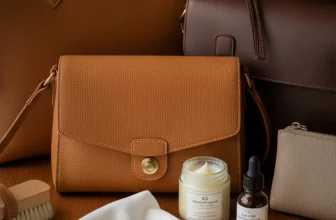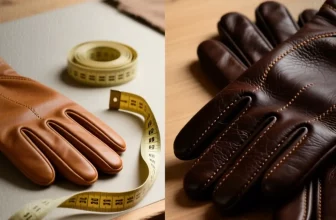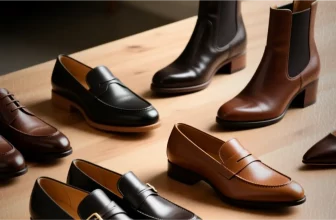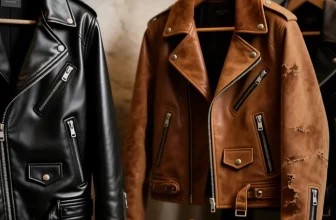
Leather is one of the most durable and timeless materials, used in fashion, accessories, and interior design. However, without proper care, leather can easily suffer damage when exposed to water or high humidity. If you’ve ever wondered how to protect leather from moisture effectively, this guide will walk you through everything you need to know. From preventing water stains to choosing the best leather waterproofing spray, here are the most effective techniques to keep your leather beautiful and long-lasting, ensuring both protection and style.
Learn more about leather and make better choices:
1.Understanding the Effects of Moisture on Leather:
Before looking at prevention, it’s important to understand why moisture is such a serious threat to leather:
- Water Stains: When leather absorbs water, dark and uneven stains may appear. Many people search for solutions to prevent leather water stains because these marks can be difficult to remove completely.
- Dryness and Cracking: Although it seems surprising, moisture can actually cause drying. When water evaporates quickly, it strips the leather of natural oils, leaving it stiff and prone to cracks.
- Decay and Mold: In humid climates, leather items can develop mold and decay, reducing their strength and lifespan.
Knowing these risks helps you choose the right protective methods.
2.Using Protective Coatings:
One of the best ways to protect leather against moisture is to apply protective coatings.
- Water-Repellent Sprays: The best leather waterproofing spray forms a thin, invisible layer on the surface that resists water penetration. These sprays are designed specifically for leather, and a quick application every few months can significantly increase durability. Always test the spray on a hidden spot first to make sure it won’t change the leather’s color.
- Leather Waxes: For those who prefer natural care, leather waxes provide both protection and shine. Made from oils and natural wax, they create a water-resistant shield while keeping leather supple. To use, apply a small amount with a soft cloth, then buff gently with a clean cloth.
3.Proper Leather Drying:
Even with protective sprays or waxes, accidents happen. If leather does get wet, correct drying is crucial.
- Avoid Heat – Never place wet leather near radiators, heaters, or direct sunlight. High heat causes cracks and permanent damage.
- Natural Drying – Place the item in a cool, ventilated space and let it dry naturally.
- Use Soft Cloths – Gently blot the surface with an absorbent cloth. Avoid rubbing, which can scratch or damage the finish.
4.Regular Care and Maintenance:
Leather Conditioners:
Using a leather conditioner for water protection ensures that natural oils are replenished. This keeps the fibers soft and prevents cracking. Apply a small amount with a soft cloth and gently buff for best results.
Ventilation and Storage:
Leather needs to “breathe.” Store your items in a well-ventilated area to avoid mold and unpleasant odors. For jackets, shoes, or bags, consider breathable dust bags instead of plastic covers.
5.Proper Storage Solutions:
Moisture problems often start with poor storage. Follow these tips to extend the life of your leather:
- Protective Bags – In humid environments, use moisture-proof storage bags. For accessories like jackets or shoes, a waterproof leather jacket kit may include bags and conditioners for full protection.
- Shape Maintenance – Use shoe trees, bag inserts, or molds to keep leather items in their original shape while in storage.
6.Treating Moisture Damage:
If damage has already occurred, there are ways to restore leather:
- Cleaning Water Stains: Use a specialized leather cleaner designed to prevent leather water stains from becoming permanent. Apply with a soft cloth, gently rubbing until the stain fades.
- Repairing Cracks: For cracked leather, use repair creams. These fill small cracks and restore the smooth surface. Once dry, polish lightly with a clean cloth.
7.Preventing Future Problems:
Long-term protection is better than repair. Here are preventive measures:
- Ideal Storage Conditions – Keep leather in a dry, cool environment. Avoid damp basements or overly warm rooms.
- Regular Inspection – Check your leather goods every few weeks. Early detection of stains, mold, or cracks makes treatment much easier.
8.Choosing the Right Products:
The leather market is full of products, but not all are equal.
- Education Matters: Learning how to protect leather from moisture the right way can save you money and extend product lifespan.
- Quality Products: Always invest in reputable brands. Look for trusted names that offer leather conditioner for water protection, best leather waterproofing spray, and natural waxes. These not only protect but also enhance the leather’s natural beauty.
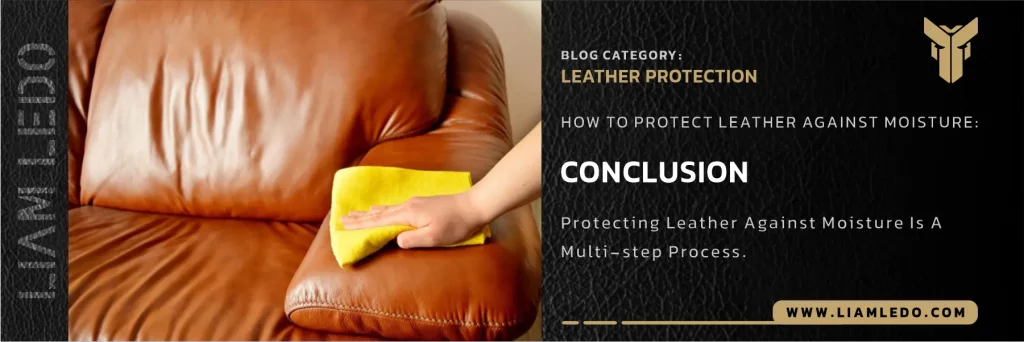
Conclusion
ILeather is a valuable investment, whether it’s a jacket, bag, or pair of shoes. By understanding the risks of moisture and applying the right care techniques, you can preserve its beauty for years. Using protective sprays and waxes, drying properly after exposure, conditioning regularly, and storing carefully are the foundations of long-lasting leather care.
In summary, if you want to know how to protect leather from moisture, the answer lies in consistent care, smart product choices, and preventive measures. With solutions like the best leather waterproofing spray, leather conditioner for water protection, and even a waterproof leather jacket kit, your leather items can stay stylish, durable, and protected against one of their biggest enemies—moisture, giving you peace of mind in any environment.
Source: The Gentleman’s Gazette | Wikipedia



